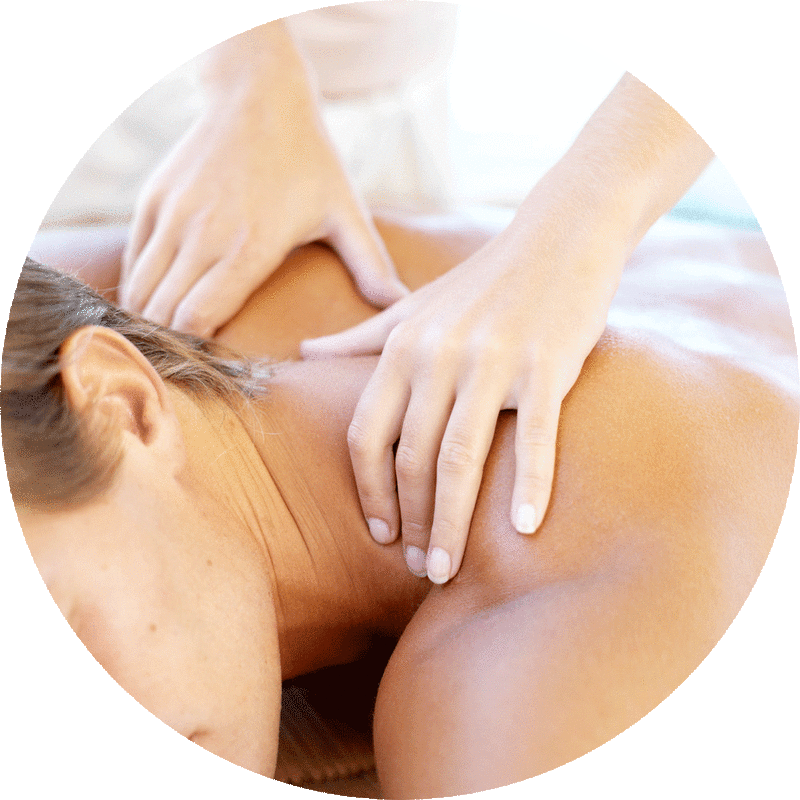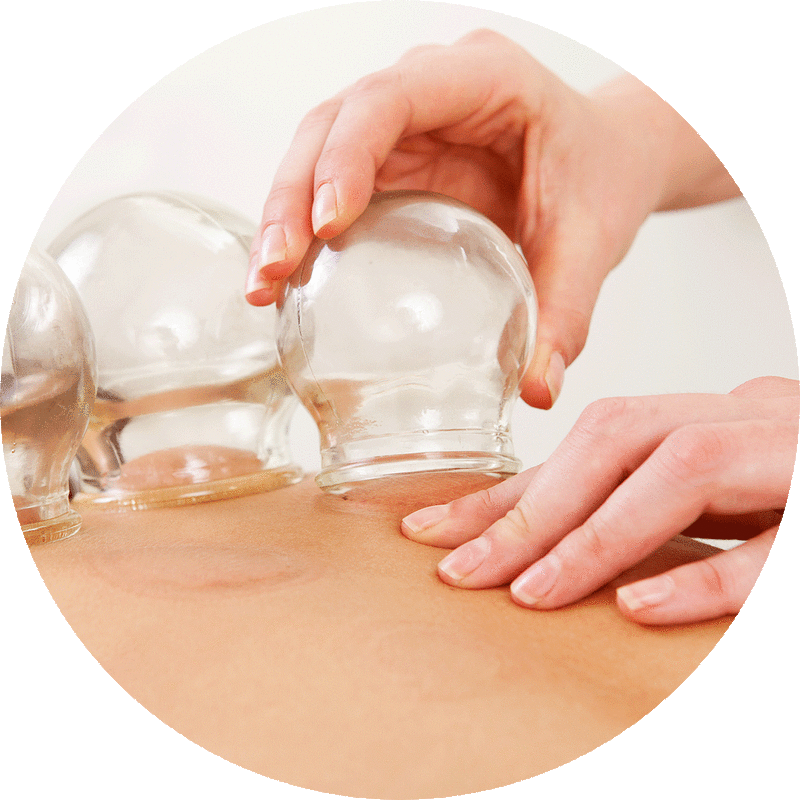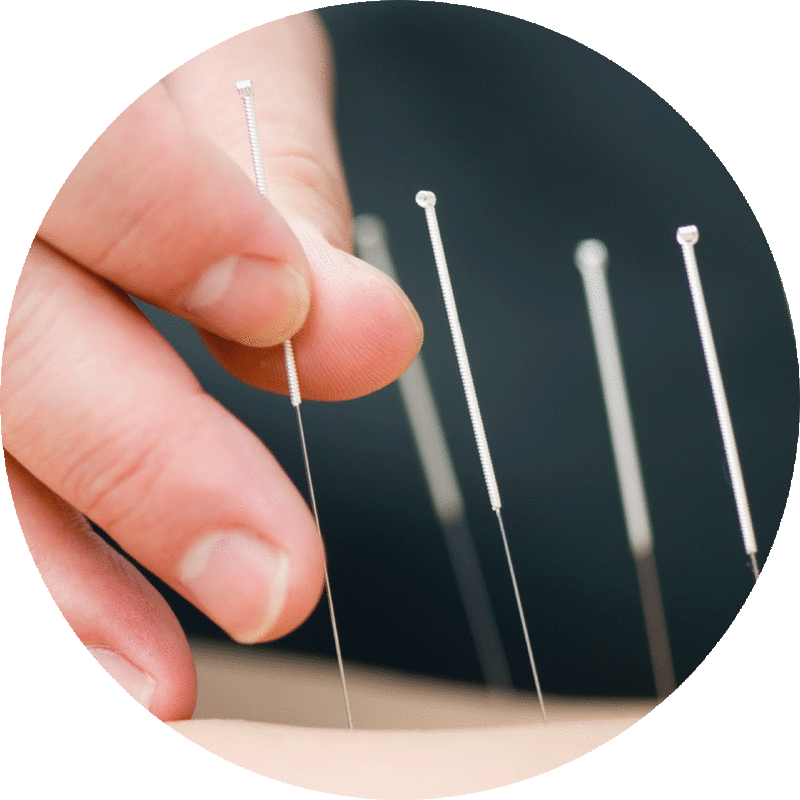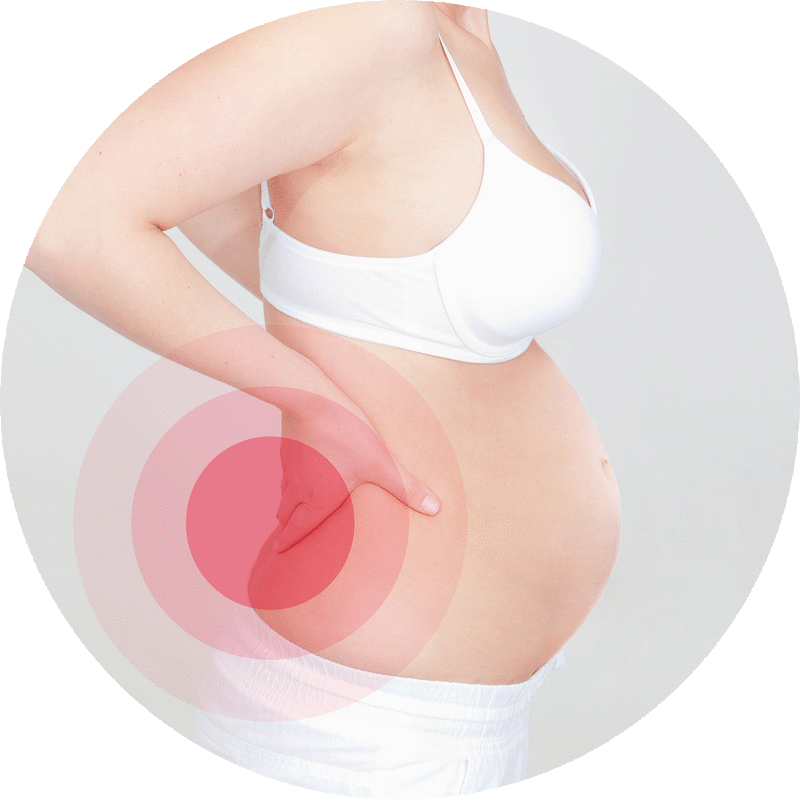|
Massage Benefit #1
Massage can stimulate the immune system by increasing circulation and promoting lymph flow, relieving congestion within the soft tissues. |
Massage Benefit #2
Massage can improve muscle tone and delay muscle atrophy by breaking down adhesions, reducing inflammation and fluid retention. |
Massage Benefit #3
Promotes the release of serotonin, which improves mood & sleep, and endorphin, leading to pain reduction due to musculoskeletal problems. |
WHAT TYPES OF MASSAGE DO WE OFFER?
Tip: You only need to book your session as a Remedial Massage or Myotherapy, then let your practitioner know what type of massage you need.
|
MYOTHERAPY
Myotherapy is a physical therapy that focuses on treating the soft and connective tissues of the body by drawing on a variety of modalities such as Remedial Massage, deep tissue, sports, myofascial release, trigger point therapy, muscle energy techniques, positional release and stretch or exercise advice, as well as Myofascial Dry Needling, Myofascial Cupping and Nutritional advice. Used appropriately, myofascial soft tissue techniques can promote healing of the muscular system as well as the nervous, skeletal and circulatory systems. Our Myotherapists are registered with the Institute of Registered Myotherapists of Australia (IRMA) which promotes the study and understanding of myofascial pain & dysfunction, and fosters high principles & standards of work practise. Initial Myotherapy consultations normally run for 60 minutes and will include a pre treatment assessment. Follow up sessions normally run for 30 minutes, 45 minutes or 60 minutes, depending on your requirements and the treatment regime planned by your practitioner. Visit our FAQs page to read on what to expect at your first soft tissue Remedial Massage/Myotherapy session. REMEDIAL MASSAGE Remedial Massage is a form of soft tissue therapy that usually encompasses but is not exclusive to techniques such as deep tissue, sports and relaxation massage, myofascial release, trigger point therapy, muscle energy techniques, positional release and stretch or exercise advice to manage common conditions such as muscular pain as a result of injury or strain, postural imbalances, chronic pain syndromes and pregnancy. Treatment is directed at the fascia or soft tissue component of our connective tissue, which includes the muscles, tendons and ligaments. Many Remedial Massage therapists are also trained in Myofascial Dry Needling and Myofascial Cupping techniques. Please contact our clinic so we can help match you to a suitable soft tissue practitioner for your individual needs. Our Remedial Massage therapists are registered with the massage & Myotherapy Association which strives to improve the quality of service and education of it's members who have gained their qualifications with a registered training Organisation (RTO). Initial Remedial Massage consultations normally run for 60 minutes and will include a pre treatment assessment. Follow up sessions normally run for 30 minutes, 45 minutes or 60 minutes, depending on your requirements and the treatment regime planned by your practitioner. RELAXATION MASSAGE Generally speaking, our therapists don’t normally perform relaxation massage unless it’s part of the remedial massage process or as a well deserved reward for surviving our remedial sessions. If you only want a relaxation massage, please specify this clearly to your practitioner at the start of your session and they will be happy to accommodate. Relaxation Massages can run for for 30 minutes, 45 minutes, 60 minutes or 90 minutes depending on how much drooling and snoring you can handle. You can expect to be a little light headed or sleepy after a relaxation massage. MYOFASCIAL CUPPING Cupping is an ancient healing therapy often used in Traditional Chinese Medicine and many other cultures that works by stimulating the meridians, and is used to remove toxins and help energy move around the body. Used in conjunction with massage, the technique stimulates blood flow, relaxes congested muscles, treats stiffness in the body and relieves pain. Fire cupping is when glass cups are heated with a lit cotton ball which is then placed inside the cup for a brief moment, then placed on a specific area that needs treating, such as myofascial trigger points, creating a vacuum effect. The skin and superficial muscle is sucked into the cup. The cup can be left on one spot, called static cupping, or moved around to create a “reverse massaging” effect, called slide cupping. Oil is used with sliding cups to facilitate the movement. Treatment causes no pain, but there can be a sensation of tightness on the area that has been sucked up into the cup, which is relieved when the cup is removed. Only dry cupping where no bleeding is encouraged (wet cupping) is used at our clinic. MYOFASCIAL DRY NEEDLING Myofascial dry needling (MDN), also known as intramuscular stimulation, is a broad term used to describe the use of non-injection solid filiform needles for the treatment of common musculoskeletal conditions and myofascial pain. Dry needling is an invasive procedure in which the needle is inserted into the skin and muscle directly at a myofascial trigger point which produces an inflammatory response to aid in the reduction of muscle contraction and pain. A local twitch response (LTR) is ilicited where an involuntary spinal cord reflex causes the fibers in the taut band of muscle to contract. A LTR indicates the proper placement of the needle in a trigger point. MDN is always used in conjunction with massage or stretching to reduce the feeling of delayed onset muscle soreness (DOMS) which may be experienced for approximately 2 to 3 days post treatment as a result of a LTR. Dry needling that produces a twitch response can stimulate the body to produce endorphins and improve treatment outcomes. PREGNANCY MASSAGE Pregnancy can affect the musculoskeletal system, all organs system and the emotional state of the mum-to-be. The ever changing body and lifestyle adjustments begin from the first trimester and can continue well after the baby has arrived. Pregnancy massage can help manage the changing conditions and postural changes, as well as provide relaxation techniques and a supportive environment as part of every massage. Our qualified therapists provide our pregnant clients with our popular pregnancy cushion that enables the mother to lie comfortably on her chest and stomach during her massage without harm to the baby. The use of the pregnancy cushion reduces the need to turn from side to side which can be difficult or uncomfortable for the mum during the second and third trimesters. The cushion can also ensure a more relaxing and full coverage massage session. If you are pregnant at any stage, please communicate this to your practitioner so we can make the pregnancy cushion available for your personalised massage session. Pregnancy Massages often last 30 minutes, 45 minutes or 60 minutes, with session times cut down as you approach your due date to reduce overloading of your circulatory, cardiovascular and sympathetic nervous system. Massage with a trained professional is usually safe at all stages of your pregnancy but we advise you seek permission from your obstetrician or general practitioner if you have a history of miscarriages. Conditions helped with Pregnancy Massage: High blood pressure Sciatica Low back pain Neck & shoulder tension Fluid retention Anxiety & depression Postural imbalances Mild to moderate exercise is recommended during pregnancy when there is no evidence of adverse effects on the foetus or pregnant woman. Prenatal Pilates is a safe and effective option to stabilise joints, manage postural changes and some pregnancy related problems. Visit our Pregnancy Pilates page for more information on how Pilates can assist you. |




